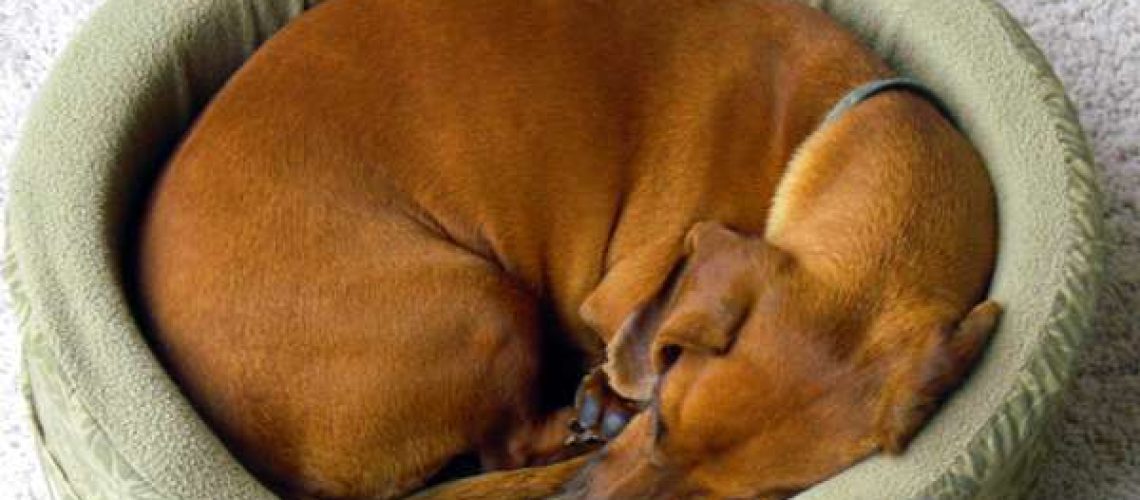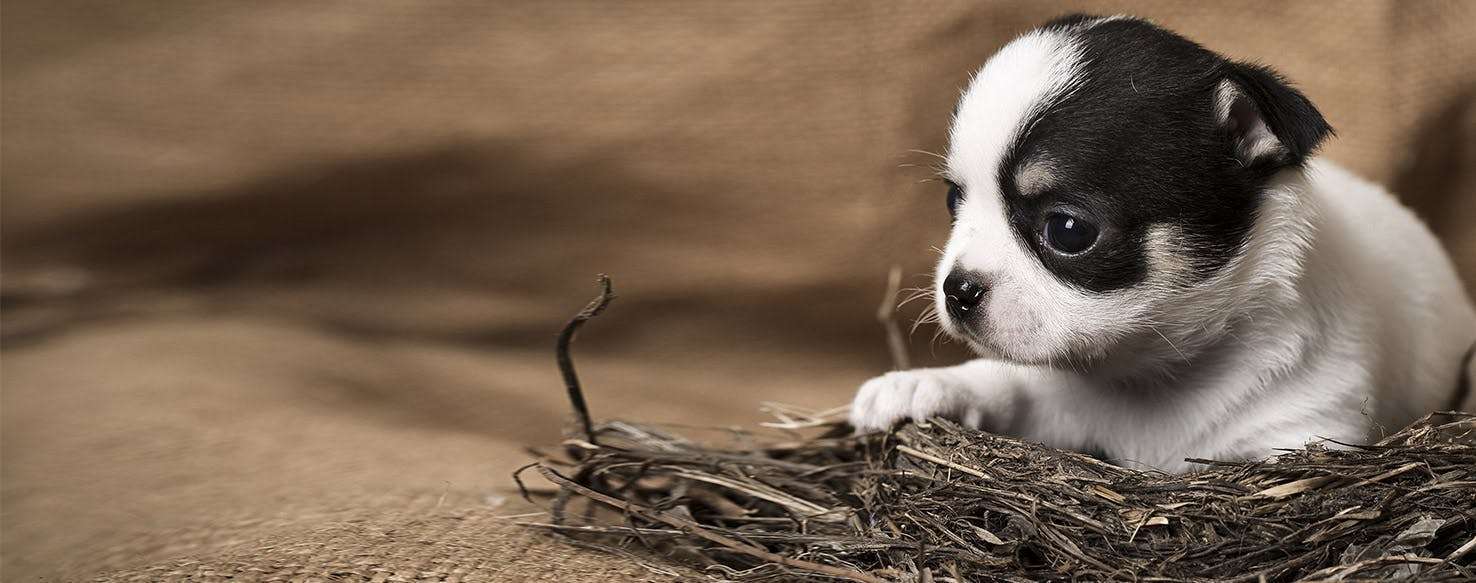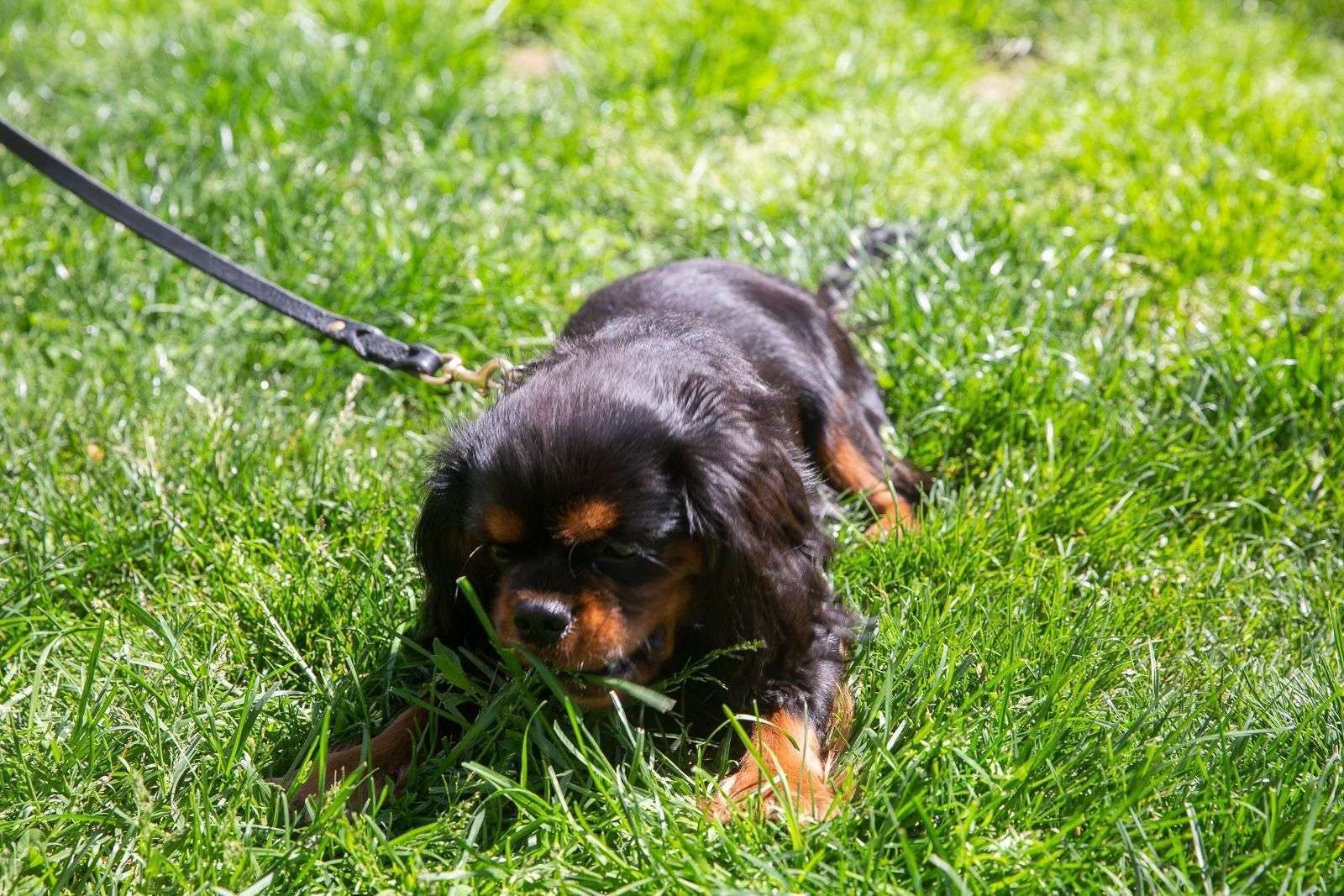Key Takeaways:
- Dogs circle before lying down as a natural instinct to create a comfortable sleeping spot.
- This behavior can be traced back to their ancestors who would trample down grass or foliage to make a cozy nest.
- Circling helps dogs find the perfect position and align their body for optimal comfort and temperature regulation.
- It also serves as a way for dogs to mark their territory with their scent, ensuring that they feel secure in their sleeping area.
- While circling is normal, excessive or compulsive circling may indicate underlying health issues or anxiety that should be addressed by a veterinarian.
Have you ever wondered why dogs always seem to circle before they lay down? It may seem like a simple and insignificant behavior, but understanding the reasons behind it can provide valuable insights into our furry friends' instincts and behaviors. By exploring this topic, we can gain a deeper appreciation for the fascinating world of dogs and enhance our bond with them. So, let's unravel the mystery behind why dogs do their little pre-laydown dance and discover what it reveals about their nature and instincts. Get ready to be amazed by the hidden secrets of your canine companions!
Why Do Dogs Walk in Circles Before They Lie Down?
The Purpose of a Dog's Circling Behavior Before Resting
Have you ever wondered why your dog walks in circles before settling down for a nap? It turns out that this behavior has a purpose! Dogs have a natural instinct to create a comfortable sleeping spot, and circling helps them achieve just that. By walking in circles, dogs are able to flatten the area where they plan to rest and remove any debris or uncomfortable objects.
Additionally, circling also helps dogs determine the best position to lie down in. They may circle multiple times until they find the perfect spot that feels safe and secure. This behavior is similar to how humans fluff their pillows or adjust their blankets before getting into bed.
Benefits of Circling:
- Makes the sleeping area more comfortable
- Removes any objects that could be uncomfortable or potentially harmful
- Helps dogs find the best position to lie down in
- Gives dogs a sense of security before resting
The Scientific Reasons Behind a Dog's Circling Behavior Before Lying Down
From a scientific perspective, there are two main reasons why dogs exhibit circling behavior before lying down. The first reason is related to their wild ancestors. In the wild, dogs would often trample down grass or vegetation before settling into their sleeping area. This instinct has been passed down through generations, even though most domesticated dogs no longer live in such environments.
The second reason is linked to scent marking. When dogs walk in circles, they release pheromones from sweat glands located on their paws. These pheromones act as a signal to other dogs, indicating that the area is occupied. This behavior is similar to how dogs mark their territory by urinating on objects.
Scientific Reasons:
- Inherited instinct from wild ancestors
- Scent marking through pheromones released from paws
Do All Dogs Have the Habit of Walking in Circles Before Settling Down to Rest?
While it is common for many dogs to walk in circles before lying down, not all dogs exhibit this behavior. Some dogs may simply plop down wherever they feel comfortable without any circling. The frequency and intensity of circling can also vary among different breeds and individual dogs.
Factors such as age, health, and environment can influence a dog's circling behavior. Older dogs or those with joint issues may circle more slowly or less frequently due to physical limitations. Additionally, if a dog consistently sleeps in the same spot, they may skip the circling ritual altogether.
Factors Influencing Circling Behavior:
- Breed and individual differences
- Age and health of the dog
- The consistency of sleeping location
Training Dogs Not to Circle Before Lying Down: Is It Possible and Why Would We Want To?
It is possible to train a dog not to circle before lying down, although it may require patience and consistency. Some pet owners prefer to discourage this behavior because excessive circling can be disruptive or cause damage to furniture or bedding.
To train a dog not to circle, you can redirect their attention by offering them a toy or treat as soon as they start circling. Over time, they will learn that they can settle down without the need for circling. However, it's important to note that this behavior is natural for dogs, and attempting to completely eliminate it may not be necessary or beneficial.
Training Tips:
- Redirect attention with a toy or treat
- Be consistent in discouraging circling behavior
- Understand that some circling is natural and may not need to be eliminated completely
The Connection Between a Dog's Circling Behavior and Their Wild Ancestors
The circling behavior of dogs before lying down has its roots in their wild ancestors. Wolves, from which dogs descended, would often trample down grass or vegetation to create a comfortable sleeping area. This action served multiple purposes in the wild.
Firstly, by flattening the area, wolves could remove any sharp objects or uncomfortable debris that could potentially harm them while resting. Secondly, trampling down the vegetation helped create a soft and insulated bed, providing warmth and protection from the cold ground. Lastly, by circling their sleeping spot, wolves were able to mark their territory with scent cues from glands located on their paws.
Connection to Wild Ancestors:
- Circling helps remove potential hazards from the sleeping area
- Creates an insulated and comfortable bed
- Scent marking through paw pheromones establishes territory boundaries
The Purpose of a Dog's Circling Behavior Before Resting
Have you ever wondered why your furry friend circles around before settling down for a nap? Well, there is actually a purpose behind this seemingly peculiar behavior. Dogs have inherited this instinct from their wild ancestors, and it serves several important functions.
Firstly, circling helps dogs create a comfortable sleeping spot. By turning in circles, they are able to flatten the grass or bedding beneath them, making it more suitable for resting. This behavior also allows them to check for any potential dangers or obstacles in their surroundings. In the wild, dogs needed to ensure that their sleeping area was safe from predators or other threats.
Additionally, circling can help dogs regulate their body temperature. As they move in circles, they increase blood flow to their extremities and distribute body heat more evenly. This can be especially beneficial during colder nights when maintaining warmth is crucial.
How Does Circling Help Dogs Get Comfortable When They Want to Sleep?
If you've ever watched your canine companion circle around before lying down, you may have noticed that they often scratch at the ground or dig a little. This behavior is not just random; it has a purpose.
Circling and scratching at the ground helps dogs create a cozy nest-like environment for themselves. By digging into the surface, they can remove any debris or uncomfortable objects that might disrupt their sleep. It also allows them to adjust the texture of the bedding material to their liking.
In addition to physical comfort, circling and scratching also serve as a way for dogs to mark their territory with scent glands located on their paws. By leaving their scent behind, they are signaling that this spot is theirs and potentially warding off other animals from encroaching on their resting area.
The Scientific Reasons Behind a Dog's Circling Behavior Before Lying Down
While circling before lying down may seem like an odd behavior, there are scientific explanations behind it. Researchers believe that this behavior is deeply rooted in a dog's evolutionary history.
One theory suggests that circling is a way for dogs to align themselves with the Earth's magnetic field. Studies have shown that dogs tend to align their bodies along the north-south axis when they rest or sleep. This alignment may help them navigate and maintain a sense of direction, similar to how migratory birds use the Earth's magnetic field for navigation.
Another scientific reason behind circling behavior relates to scent detection. Dogs have an incredibly keen sense of smell, and by circling, they can pick up various scents from the ground. This allows them to gather information about their environment and potentially detect any nearby prey or predators.
Do All Dogs Have the Habit of Walking in Circles Before Settling Down to Rest?
If you've observed different dogs, you may have noticed that not all of them exhibit the habit of walking in circles before settling down to rest. While circling is a common behavior among dogs, it is not universal.
The tendency to circle before lying down can vary depending on factors such as breed, individual personality, and environmental influences. Some breeds are more prone to this behavior due to their ancestral traits or instincts. For example, working or herding breeds often display more pronounced circling behaviors compared to toy breeds.
Additionally, puppies are more likely to circle before resting as they are still learning about their surroundings and establishing their own routines. As dogs grow older and become more familiar with their sleeping areas, they may gradually reduce or eliminate this behavior altogether.
Training Dogs Not to Circle Before Lying Down: Is It Possible and Why Would We Want To?
While circling before lying down is a natural behavior for dogs, it is possible to train them not to do it. However, it's important to consider the reasons behind wanting to change this behavior before attempting any training.
If your dog's circling behavior is causing damage to furniture or creating safety hazards, you may want to modify their routine. Training can help redirect their pre-resting rituals towards more appropriate behaviors, such as using a designated bed or mat.
It's worth noting that completely eliminating circling behavior may not be necessary or beneficial for all dogs. As long as the behavior is not causing any issues, it can be seen as a harmless expression of their natural instincts and should be respected.
The Connection Between a Dog's Circling Behavior and Their Wild Ancestors
To truly understand why dogs circle before lying down, we need to delve into their ancestral roots. Dogs are descendants of wolves, and many of their behaviors can be traced back to their wild ancestors.
In the wild, wolves would circle and dig before settling down for various reasons. This behavior helped them create a comfortable sleeping spot by flattening grass or snow and removing any potential threats or discomforts. It also allowed them to mark their territory with scent glands located on their paws.
Over time, as wolves evolved into domesticated dogs through selective breeding and cohabitation with humans, these instinctual behaviors remained ingrained in their DNA. So the next time you see your furry friend circling before lying down, remember that they are simply following in the footsteps of their wild ancestors!
In conclusion, dogs circle before they lay down for a few reasons. It helps them find a comfortable position, allows them to check their surroundings for safety, and is also a natural instinct passed down from their ancestors.
How many times does a dog circle before lying down?
It is believed that modern dogs are genetically 99% similar to their common ancestor, the wild wolf. Wolves that live in packs display similar behaviors to domestic dogs, such as turning around three times before settling down, which is instinctual.
Why do cats and dogs walk in a circle before lying down?
Before doggy beds and pillows were invented, wild dogs had to create their own comfortable sleeping area. They would pat down tall grass and underbrush, and the easiest way to do this was by walking in a circle. This circling ritual may have also helped to keep them safe.
Why do dogs go into a circle?
This behavior is derived from the instinctual behavior of dogs' ancestors. In their natural habitat, dogs would create a flat and comfortable sleeping area by circling around it. This behavior also allowed them to check for any potential threats or predators in the vicinity, such as spiders.
Do dogs know that you love them?
Indeed, dogs are aware of the love and affection we have for them. Dogs and humans share a unique bond, in which dogs have effectively tapped into the oxytocin bonding system typically reserved for our infants. When you gaze at your dog, both your oxytocin levels increase, similar to when you pet and engage in play with them.
Why do dogs lick you?
Licking is a behavior that comes naturally to dogs and serves various purposes such as grooming, bonding, and communication. Your dog may lick you to show affection, seek attention, alleviate stress, demonstrate empathy, or because they find your taste pleasing.
Why does my dog sleep against me?
If your dog enjoys sleeping with you, it indicates that they trust and feel at ease in your presence. When they were a puppy, they sought warmth and comfort by cuddling with their littermates, and now they seek the same from their human companions.

















